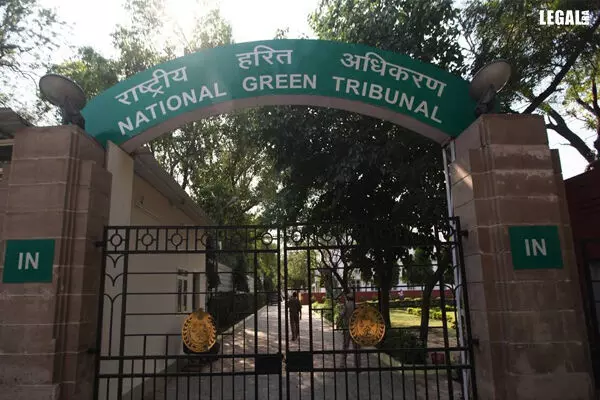- Home
- News
- Articles+
- Aerospace
- AI
- Agriculture
- Alternate Dispute Resolution
- Arbitration & Mediation
- Banking and Finance
- Bankruptcy
- Book Review
- Bribery & Corruption
- Commercial Litigation
- Competition Law
- Conference Reports
- Consumer Products
- Contract
- Corporate Governance
- Corporate Law
- Covid-19
- Cryptocurrency
- Cybersecurity
- Data Protection
- Defence
- Digital Economy
- E-commerce
- Employment Law
- Energy and Natural Resources
- Entertainment and Sports Law
- Environmental Law
- ESG
- FDI
- Food and Beverage
- Gaming
- Health Care
- IBC Diaries
- In Focus
- Inclusion & Diversity
- Insurance Law
- Intellectual Property
- International Law
- IP & Tech Era
- Know the Law
- Labour Laws
- Law & Policy and Regulation
- Litigation
- Litigation Funding
- Manufacturing
- Mergers & Acquisitions
- NFTs
- Privacy
- Private Equity
- Project Finance
- Real Estate
- Risk and Compliance
- Student Corner
- Take On Board
- Tax
- Technology Media and Telecom
- Tributes
- Viewpoint
- Zoom In
- Law Firms
- In-House
- Rankings
- E-Magazine
- Legal Era TV
- Events
- News
- Articles
- Aerospace
- AI
- Agriculture
- Alternate Dispute Resolution
- Arbitration & Mediation
- Banking and Finance
- Bankruptcy
- Book Review
- Bribery & Corruption
- Commercial Litigation
- Competition Law
- Conference Reports
- Consumer Products
- Contract
- Corporate Governance
- Corporate Law
- Covid-19
- Cryptocurrency
- Cybersecurity
- Data Protection
- Defence
- Digital Economy
- E-commerce
- Employment Law
- Energy and Natural Resources
- Entertainment and Sports Law
- Environmental Law
- ESG
- FDI
- Food and Beverage
- Gaming
- Health Care
- IBC Diaries
- In Focus
- Inclusion & Diversity
- Insurance Law
- Intellectual Property
- International Law
- IP & Tech Era
- Know the Law
- Labour Laws
- Law & Policy and Regulation
- Litigation
- Litigation Funding
- Manufacturing
- Mergers & Acquisitions
- NFTs
- Privacy
- Private Equity
- Project Finance
- Real Estate
- Risk and Compliance
- Student Corner
- Take On Board
- Tax
- Technology Media and Telecom
- Tributes
- Viewpoint
- Zoom In
- Law Firms
- In-House
- Rankings
- E-Magazine
- Legal Era TV
- Events
NGT seeks report from state authority on environmental impact of glass facade buildings

NGT seeks report from state authority on environmental impact of glass facade buildings
The matter is scheduled for hearing on 20 March
The National Green Tribunal (NGT) has directed the State Environment Impact Assessment Authority (SEIAA), Karnataka, to prepare a detailed report on the environmental implications of having glass facades in buildings.
The tribunal cited the 2015 study conducted by the Indian Institute of Science (IISc), Bengaluru. It had stated that a glass facade building consumed more electricity and, hence, contributed to global warming.
Recently, advocate Jagan Kumar J filed a petition before the NGT claiming that the authorities had failed to protect the environment.
The petitioner alleged that the SEIAA, which issues environmental clearance to buildings, adopted different criteria while issuing clearances to two buildings.
In the 26 June 2016 clearance, the SEIAA laid down a condition that the "use of glass facades shall not exceed 40 percent of the exposed area to reduce the electricity consumption." But in the 23 March 2019 clearance, the authority did not mention any such condition.
The NGT sought an explanation from the SEIAA on the matter.
Conducted by Dr. TV Ramachandra, the IISc study had stated that having glass facades led to higher use of air-conditioners, as the temperature inside the buildings had to be kept cool. This resulted in more emission of greenhouse gases that, in turn, increased carbon footprint.
In his study, Dr. Ramachandra also mentioned that a glass facade architecture was suitable for temperate (cold) regions. But the architecture was not apt for tropical climate regions including Chennai, Bengaluru, and Hyderabad.


